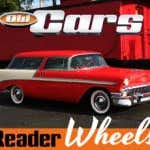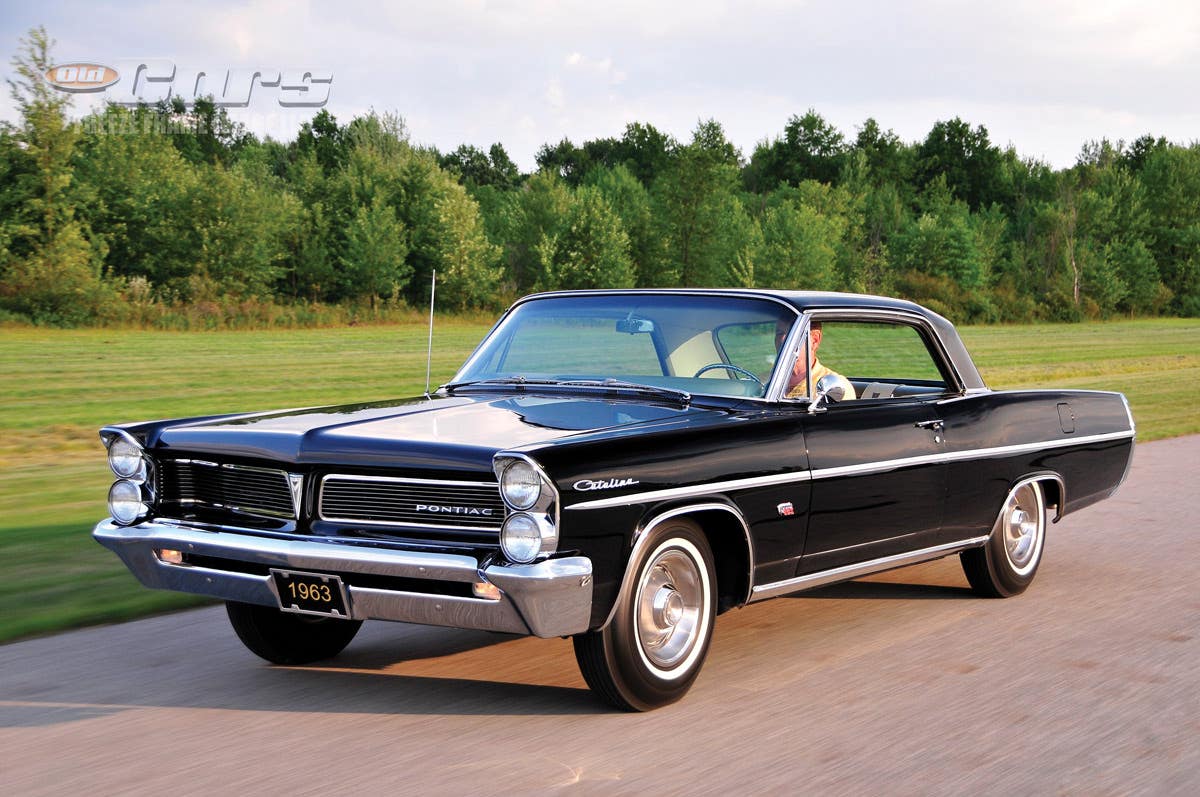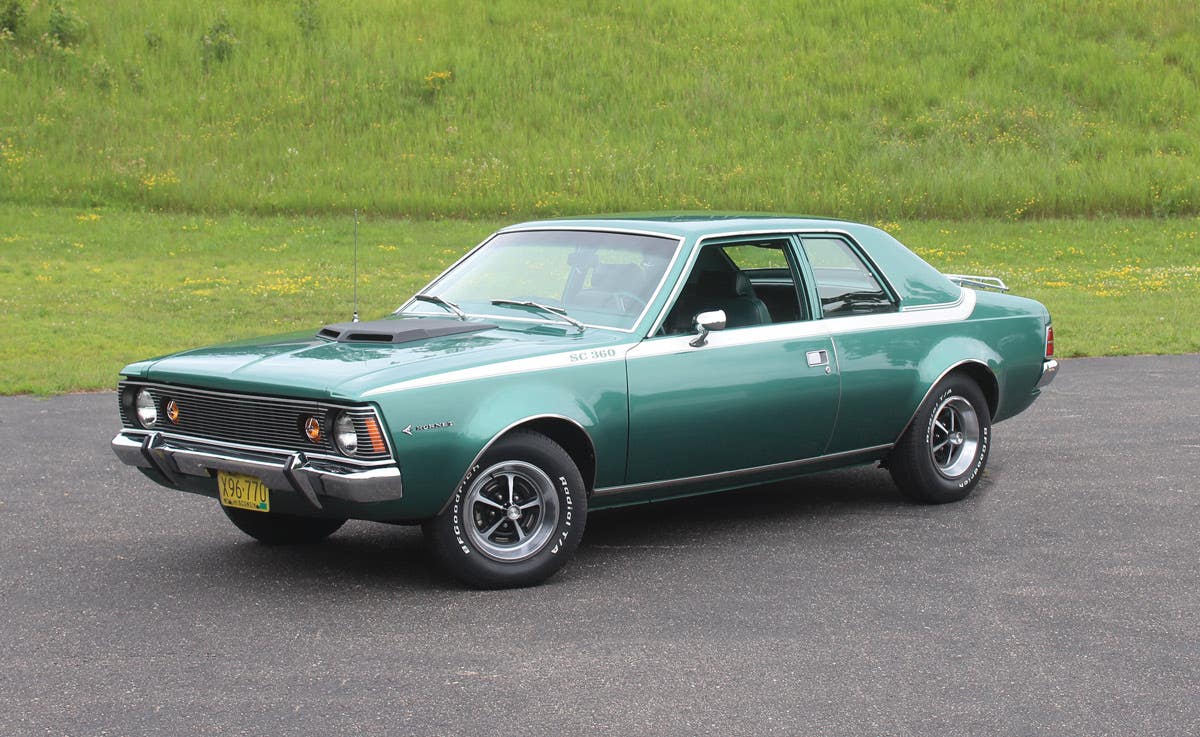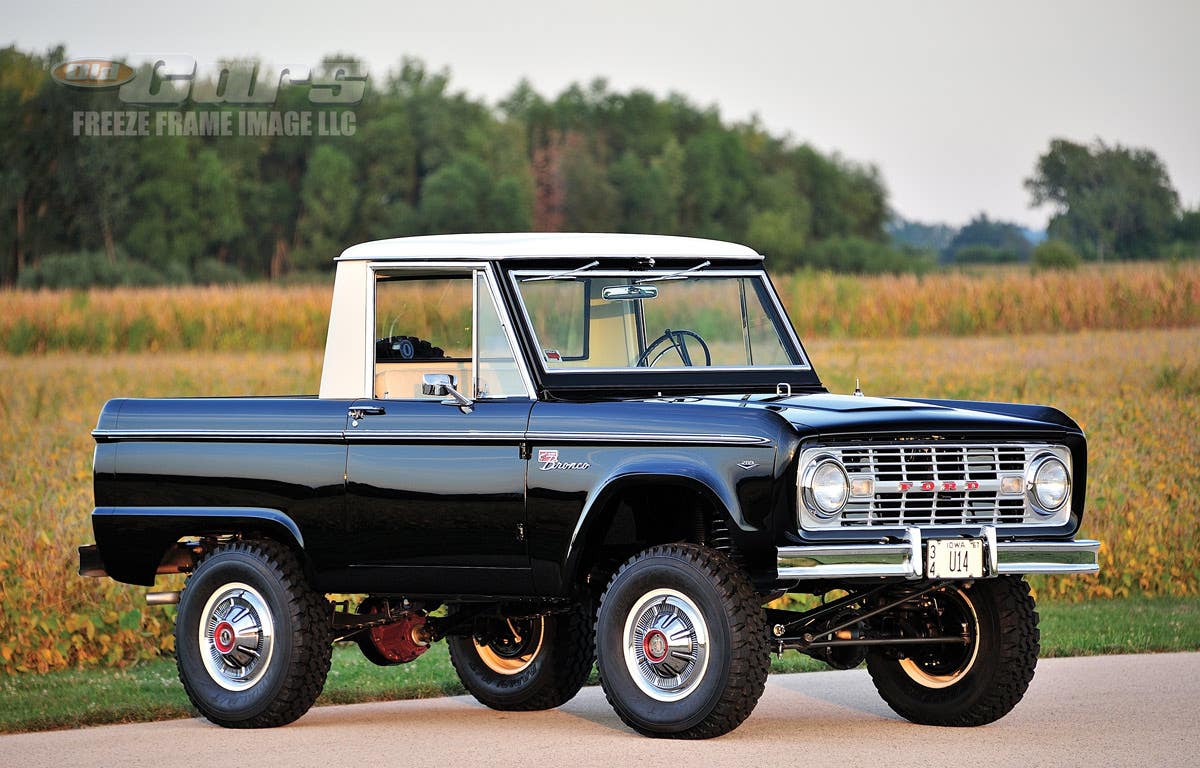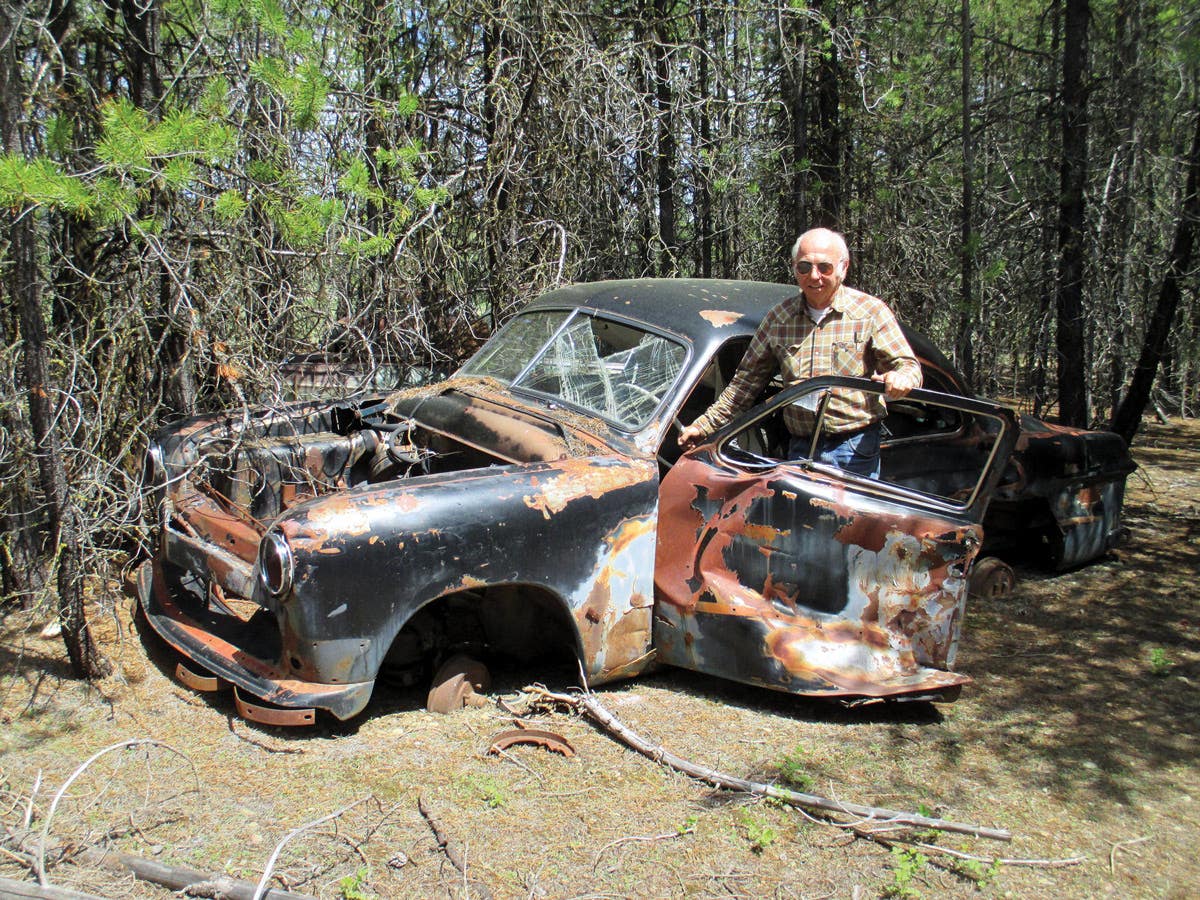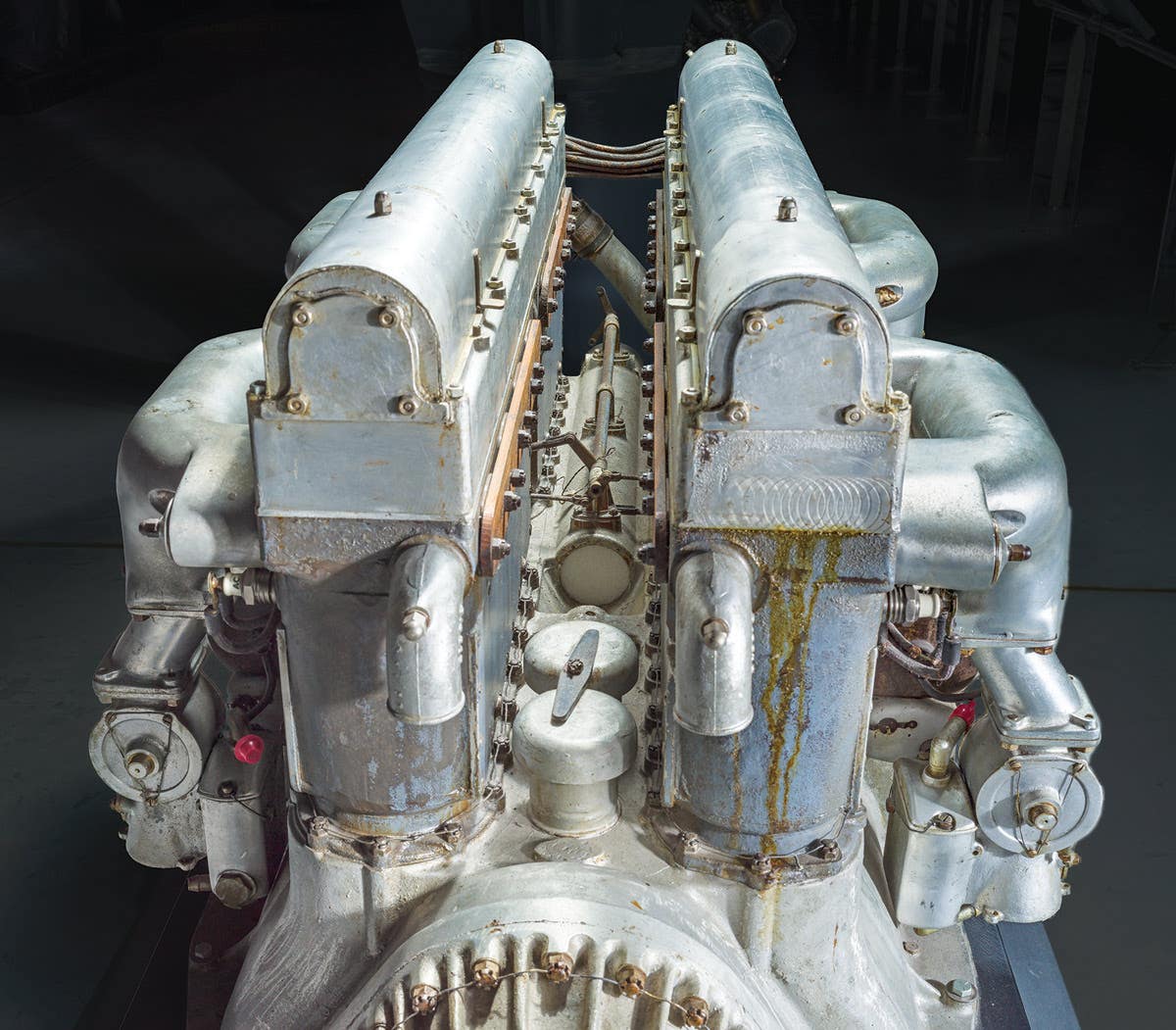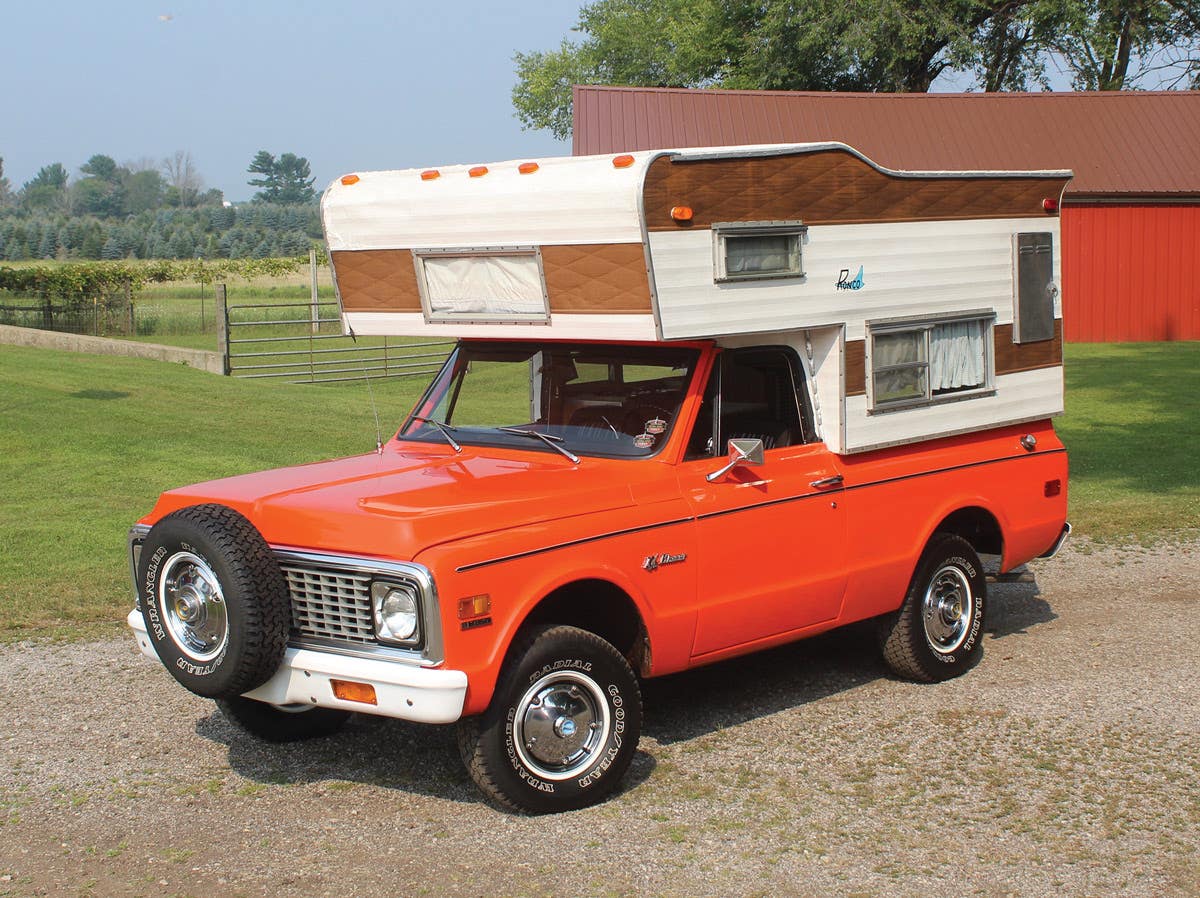Replacing history: Famous lost 1935 Ford custom replicated
Builder returns to his teenage hot rod roots and built a copy of the famous but long-lost 1935 Kurtis-DuVall Southern California Plating Co. (aka So. Calif. Plating Co.) delivery truck.
Story and photos by Mary B. Killeen
My husband, Tom Dudley, is a restorer who has gained fame for his restorations among 1936-1937 Cord automobile gurus, but those Classic cars aren’t his only passion.
“In 1958, I got my first car, and the first thing I did was customize it,” Tom says. “I pulled off all the chrome — ‘Who needs that?’ It would last a year and then I would move on to another one (and customize it), but I really like the custom work.”
About five years ago, Tom returned to his teenage hot rod roots and built a copy of the famous but long-lost 1935 Kurtis-DuVall Southern California Plating Co. (aka So. Calif. Plating Co.) delivery truck.
“Going through the internet, I saw the car on two or three different websites,” Tom said. “I thought it was the most beautiful-looking car I had ever seen for 1935, and I thought, ‘Why, I think I’ll just go ahead and duplicate one.’ That’s the way I have always functioned.
“I had just finished up the Copper Cord [custom] and didn’t want to just completely quit, so I thought I would copy [the So. Calif. Plating Co. truck] myself, because it didn’t look that difficult. Turns out it was plenty difficult!”
Tom says that, at an age well past the retirement of most people, the project was a big one that required some help to complete.
“I am 83 years old, so my son, who is very talented, too — he does all my paint work — he finished the car up for me. When it got down to the details of putting it together, he just sort of pushed me out of the way and finished, but I did all of the body work.”
An early California custom
For the heavy research before beginning the project, Tom turned to a thorough article in Rodder’s Journal Issue #36 written by the late Pat Ganahl, a noted custom car researcher. In the article, Ganahl stated that a large part of So. Calif. Plating Co.’s business was in constructing and plating midget race car grilles and accessories. To advertise the business, owner Leonard DeBell apparently customized his delivery vehicles, outfitting them with whitewall tires, wheel discs, V-windshields and custom chrome grilles and bumpers designed by George DuVall, an employee of So. Calif. Plating Co. These vehicles would occasionally serve double duty as push cars at midget car races, and effectively became among the earliest Ford-based custom cars in southern California.
DuVall began creating custom bumpers and grilles for 1930s Fords and others that added a sporty flair and a more luxurious look. One of the first company vehicles that DuVall is said to have restyled for the company was based upon a 1932 Ford roadster pickup. Later, during 1935, DuVall was put in charge of customizing a new delivery vehicle for the So. Calif. Plating Co. based upon a 1935 Ford phaeton. The resulting vehicle was striking and featured a wheelbase extended by 12 in., filled-in rear doors and a flat rear floor for parts and accessed by a lift-up rear hatch constructed by Chad Schultz of Joe Newell’s Body Shop.
A 1936 Ford front end (hood, radiator shell and front fenders) was substituted on the ’35 Ford phaeton body, and a hand-crafted, Cord 810/812-inspired grille was constructed out of flat brass stock by DuVall’s friend, Frank Kurtis. The vehicle marked the first appearance of the famous five-piece, cast-bronze V-shaped “DuVall windshield,” which was capped by an off-white padded top with teardrop-shaped side windows constructed by George Thomas, whose top shop was located at the corner of Los Angeles’ Ivar Avenue and Cahuenga Boulevard.
Replicating history
The original workmanship, craftsmanship and flowing dynamic, graceful lines of the famous original are what Tom sought to replicate. The authentic elements of the So. Calif Plating Co. truck that exist on Tom’s new custom are the grille, windshield, rear bumper, and fixed top.
“I didn’t do one thing — I didn’t lengthen the frame,” Tom says. “I was trying to get the essence of the car.”
To start the project, Tom created a scale model of the unique truck.
“I make a model first to make sure I can make it,” he says. “If I can make it as a model, I know I can make it full size.”
Once the model was completed, Tom sourced a 1936 Ford sedan body from Texas since it’s very similar to a 1935 Ford body, and he’d be adding a 1936 Ford front end anyway. He chose a four-door sedan instead of a phaeton because phaetons are rare and valuable, and he’d be heavily customizing the body.
Despite coming from Texas, the 1936 Ford sedan body was rusty, earning it the nickname “The Rust Bucket.” Upon Tom’s inspection, the 1936 frame was too rusted to use, so he replaced it with a better 1936 Ford frame from his friendly neighborhood junk yard here in Howell, Mich. With a more solid foundation, Tom proceeded to remove the sedan roof and upper part of the doors, then seal the rear doors shut. The original So. Calif. Plating Co. truck had a flat floor section when it was extended, but since Tom kept the sedan’s original wheelbase, this step wasn’t necessary.
Tom built a low, padded, lift-off top with sweeping teardrop side windows and no rear window, just like the original.
The flawless grille originally designed and built by Kurtis and DuVall was formed from flat brass into a sort of “lazy Z” cross-section by carefully bending them into the curved shapes. In replicating this full custom grille, Tom made a wooden mold and created a brass casting. He then finished the grille with chrome molding tape, which is easily available today. Hidden behind-the-grille headlamps were also employed behind the hand-made, full-custom grille to maintain the look of the original.
Tom’s windshield is made out of flat brass and shaped to match the original truck’s DuVall windshield. The original four-tube rear bumper was built from four pieces of conduit wrapped on bumper brackets, and Tom’s rear bumper is a duplicate. Tom also chose not to have a rear trunk on his version; he wanted a streamlined back instead. Tom bought four new whitewalls, but they are not double-sided whitewalls as on the original.
There is debate as to whether the original So. Calif. Plating Co. truck was green or yellow, and Tom picked yellow for his replica.
While not the lost original, Tom’s creation is very close. What matters to Tom are the original’s flawless workmanship, creativity, and flowing and dynamic graceful lines, and we think he certainly accomplished that in his version.
If you like stories like these and other classic car features, check out Old Cars magazine. CLICK HERE to subscribe.
Want a taste of Old Cars magazine first? Sign up for our weekly e-newsletter and get a FREE complimentary digital issue download of our print magazine.


